In this work, Toronto painter and Russian émigré Paraskeva Clark (1898–1986) arranged her figures alongside two long tables that rise up diagonally from the lower part of the picture. As they pack and repair parachutes, the women’s bodies and arm gestures form a dynamic zigzag pattern across the surface of the picture. The scene is viewed from a position just above their heads—a device Clark’s teacher Kuzma Petrov-Vodkin (1878–1939) had used.

Paraskeva Clark, Parachute Riggers, 1947
Oil on canvas, 101.7 x 81.4 cm, Beaverbrook Collection of War Art, Canadian War Museum, Ottawa
In the 1940s, H.O. McCurry, the director of the National Gallery of Canada, Ottawa, commissioned Clark to paint the contribution of the Women’s Division of the Royal Canadian Air Force (RCAF) to the war effort. Parachute Riggers is one of the three works she eventually submitted.
McCurry had instructed her to find a dramatic subject; instead, she gave the subject of women preparing parachutes a dramatic composition.
This Spotlight is excerpted from Paraskeva Clark: Life & Work by Christine Boyanoski.
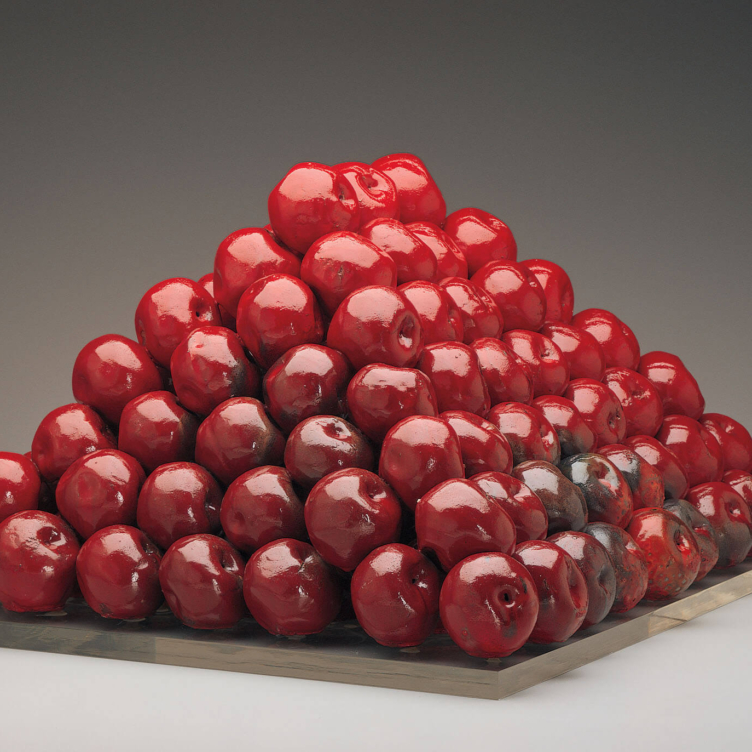 Pyramid Scheme
Pyramid Scheme
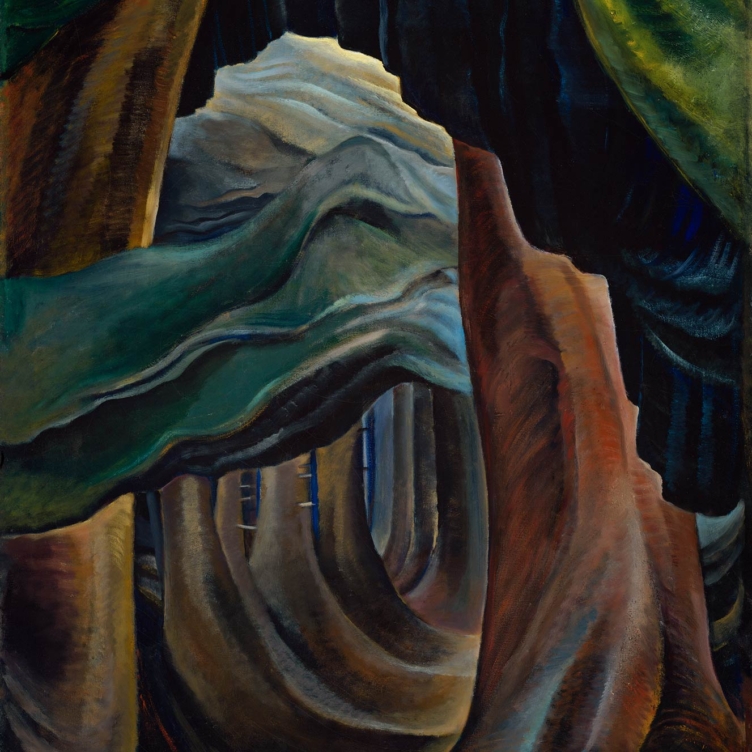 Transportive Trunks
Transportive Trunks
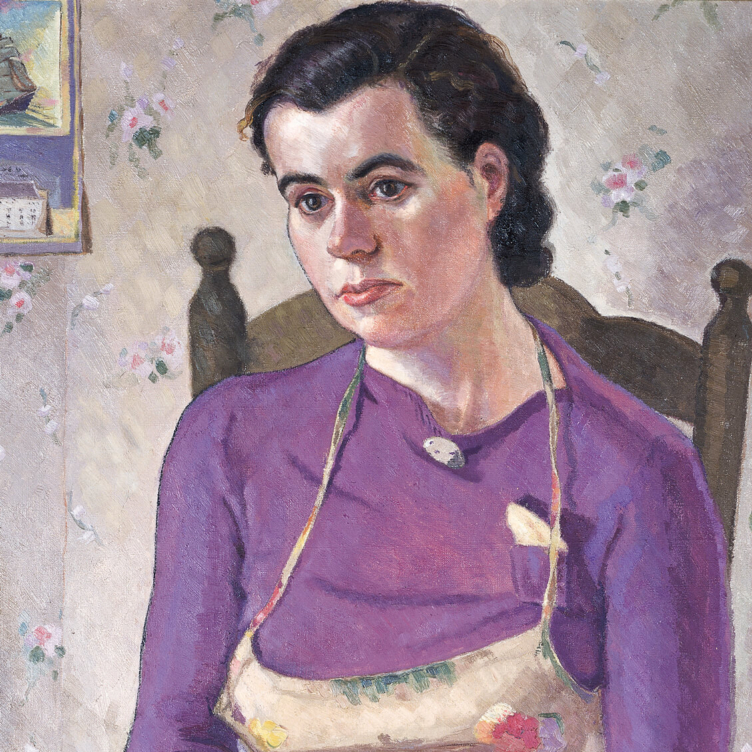 The Military Mate
The Military Mate
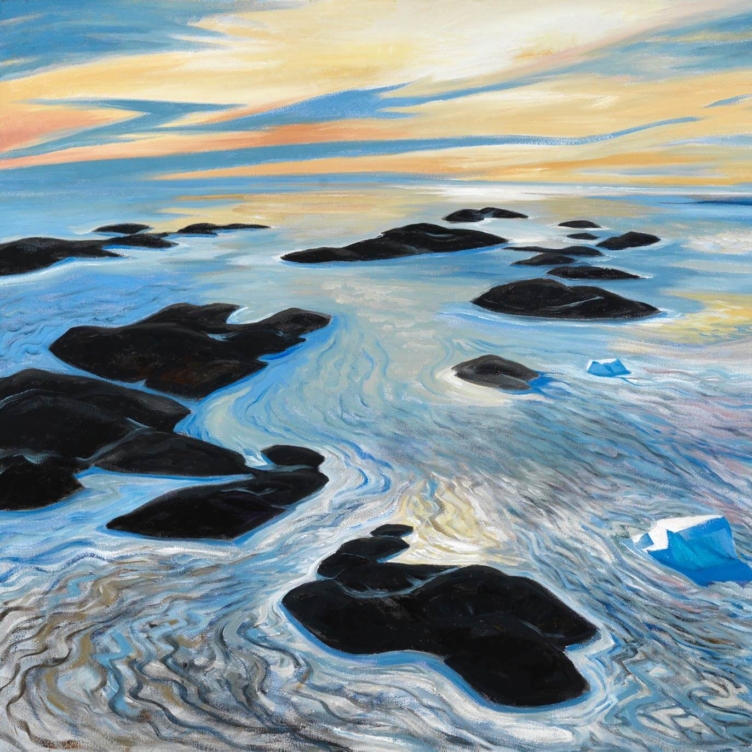 Looking Up on the World
Looking Up on the World
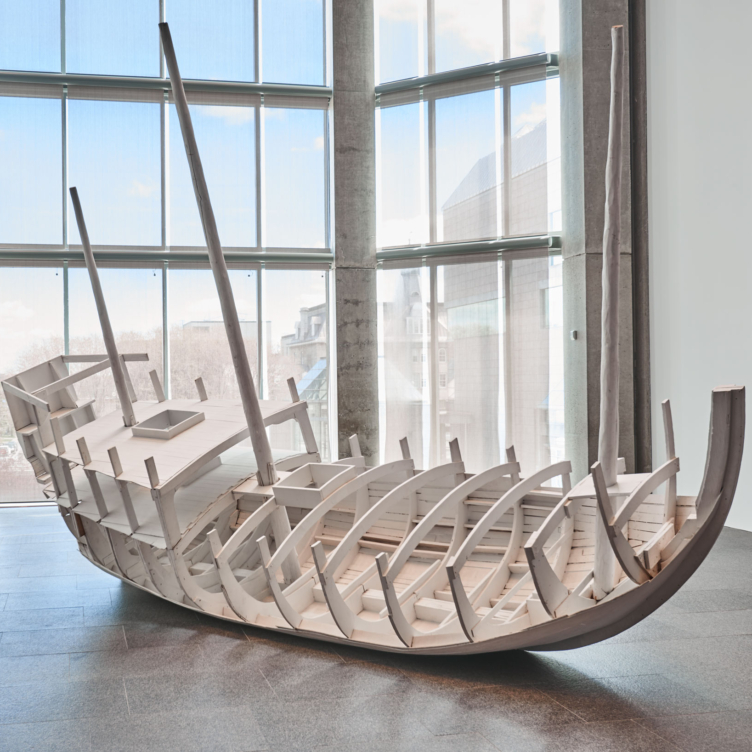 Vessel of Despair
Vessel of Despair
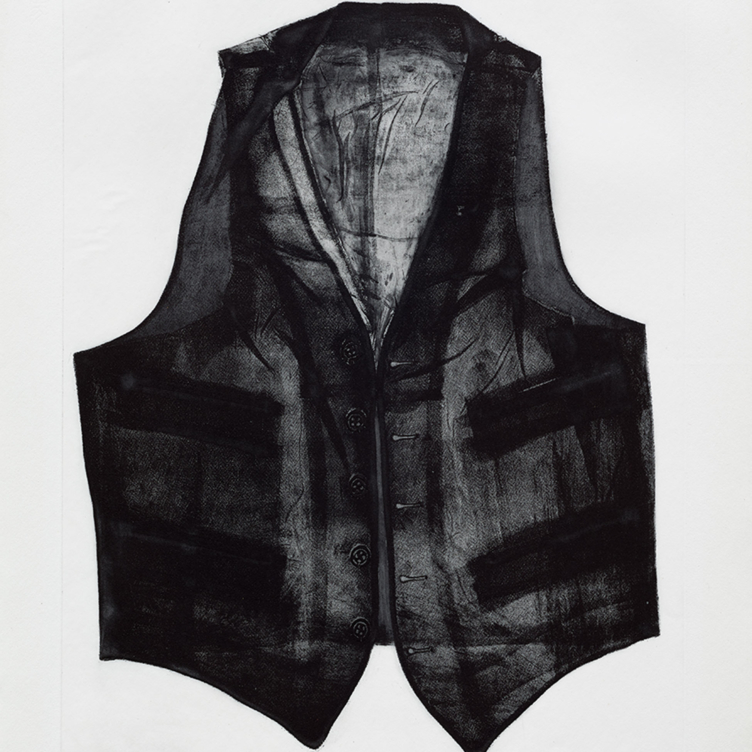 Layers of Meaning
Layers of Meaning
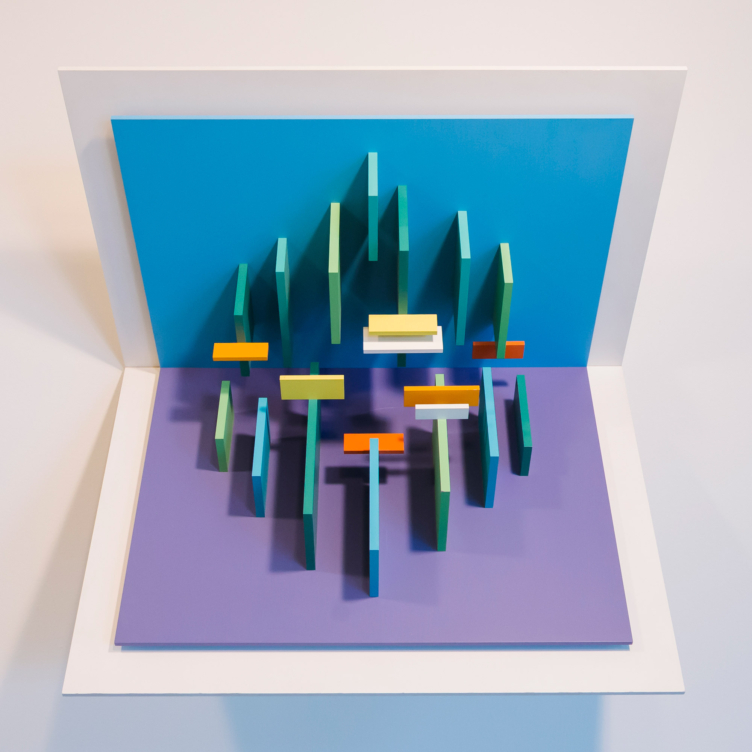 In Parallel to Nature
In Parallel to Nature
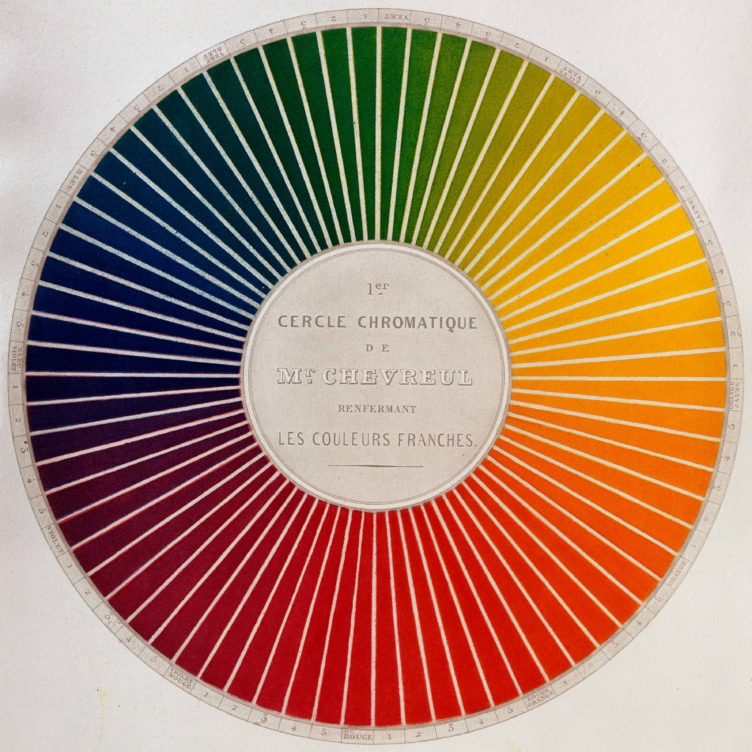 Wheel of Fortune
Wheel of Fortune
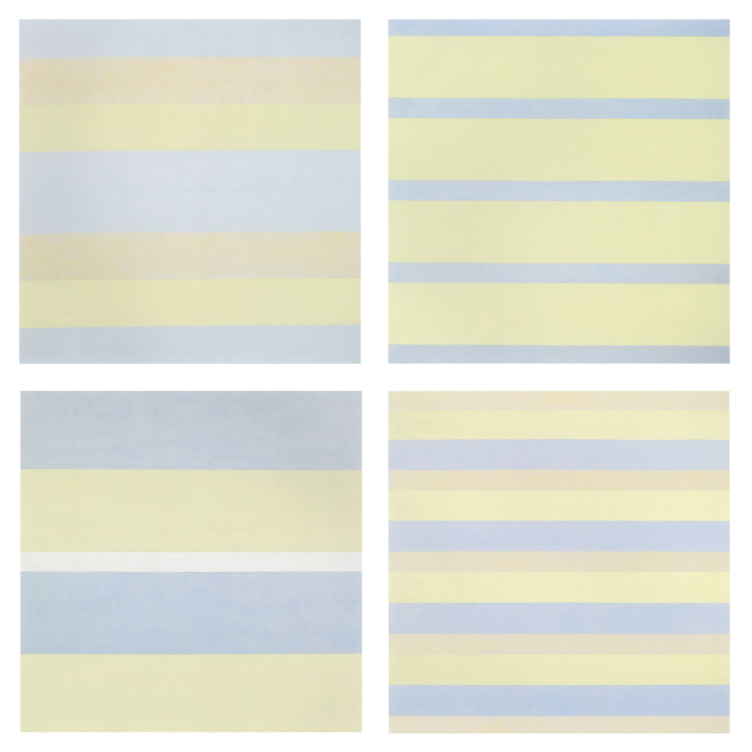 Paintings after emotional states
Paintings after emotional states
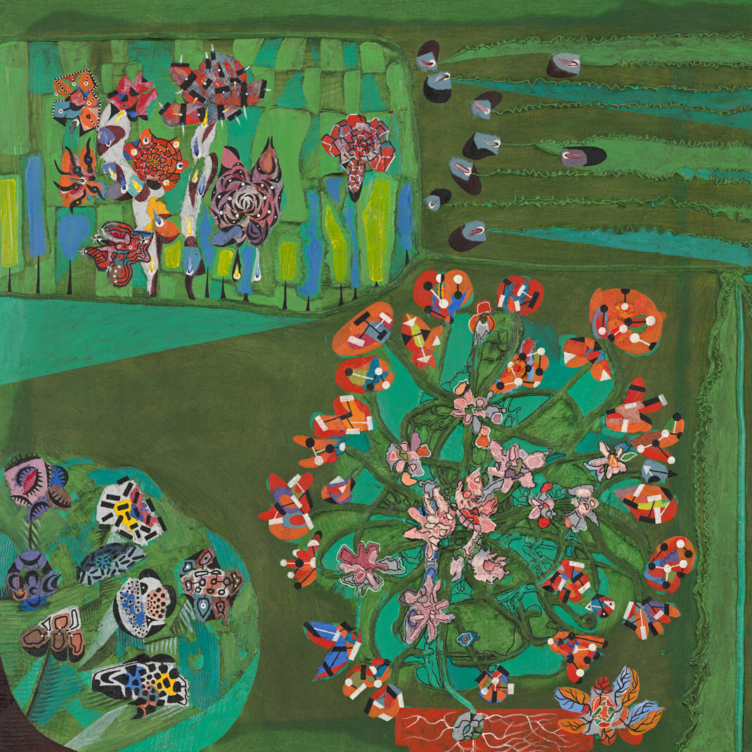 Garden of Delight
Garden of Delight
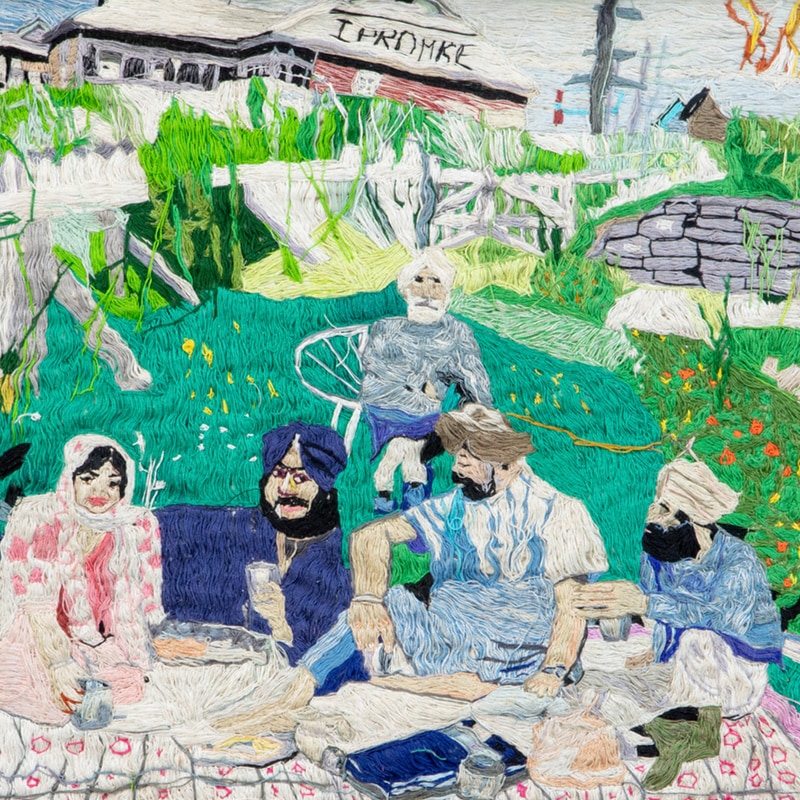 Stitching the Archives
Stitching the Archives
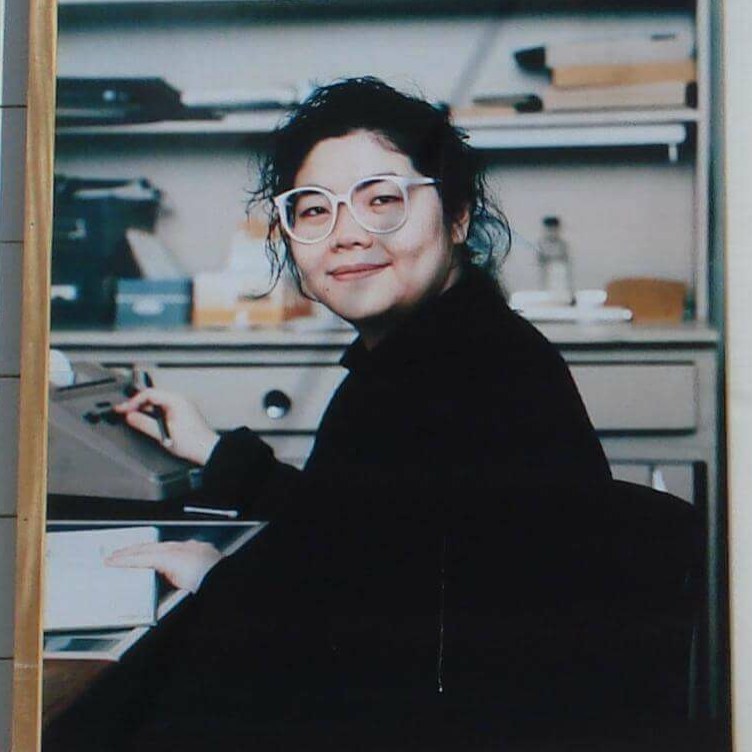 A Working-Class Hero
A Working-Class Hero
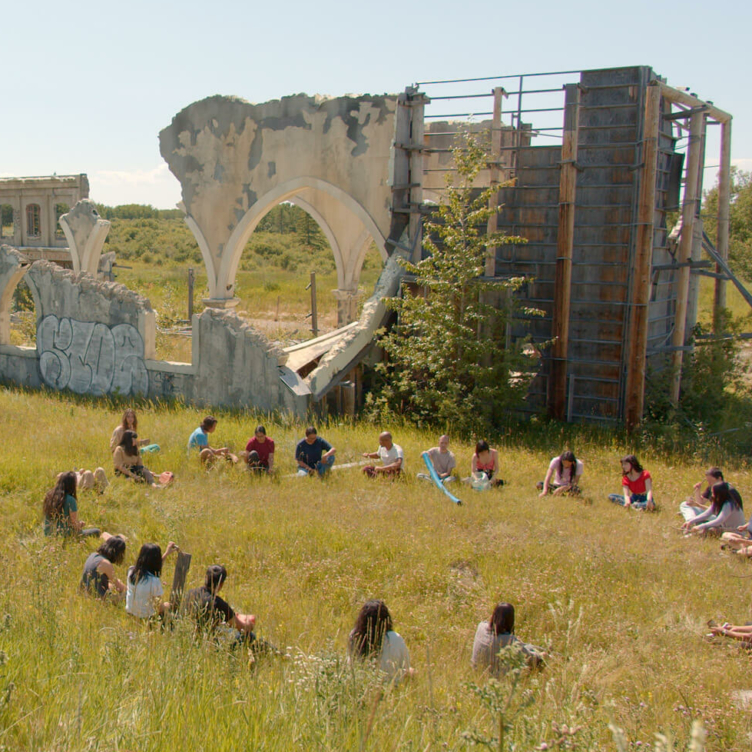 Imagining Entangled Futures
Imagining Entangled Futures
 Bridging Far and Near
Bridging Far and Near
 Soft Power
Soft Power
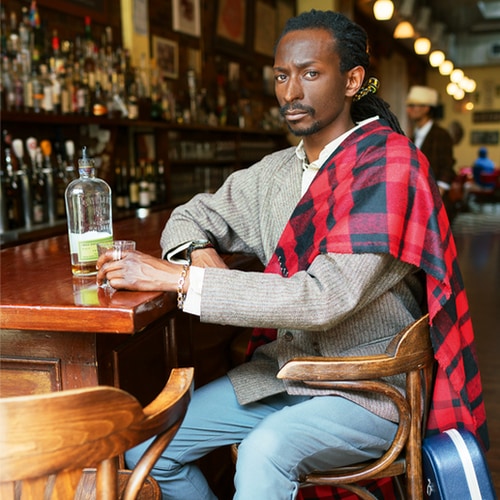 Imagining Emancipation
Imagining Emancipation
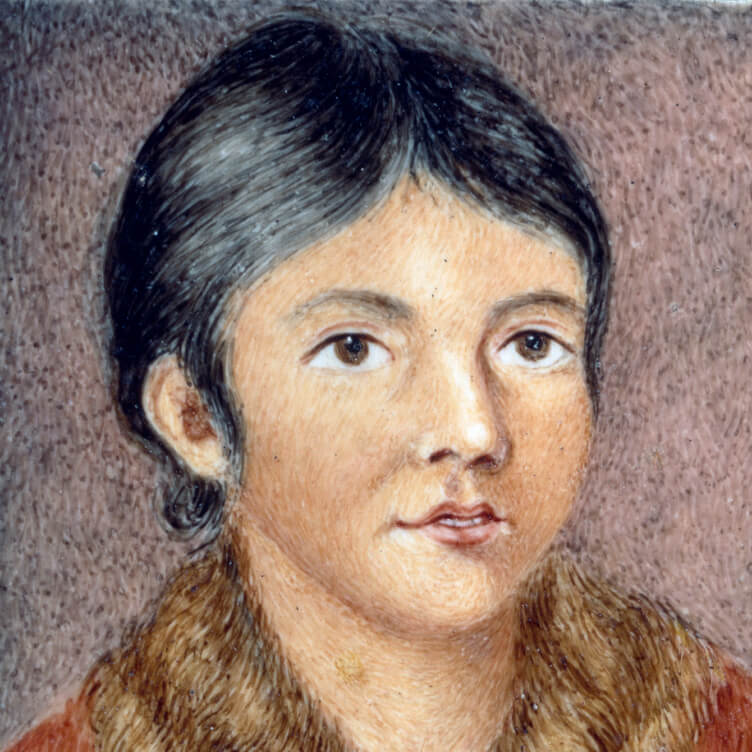 A Priceless Portrait
A Priceless Portrait
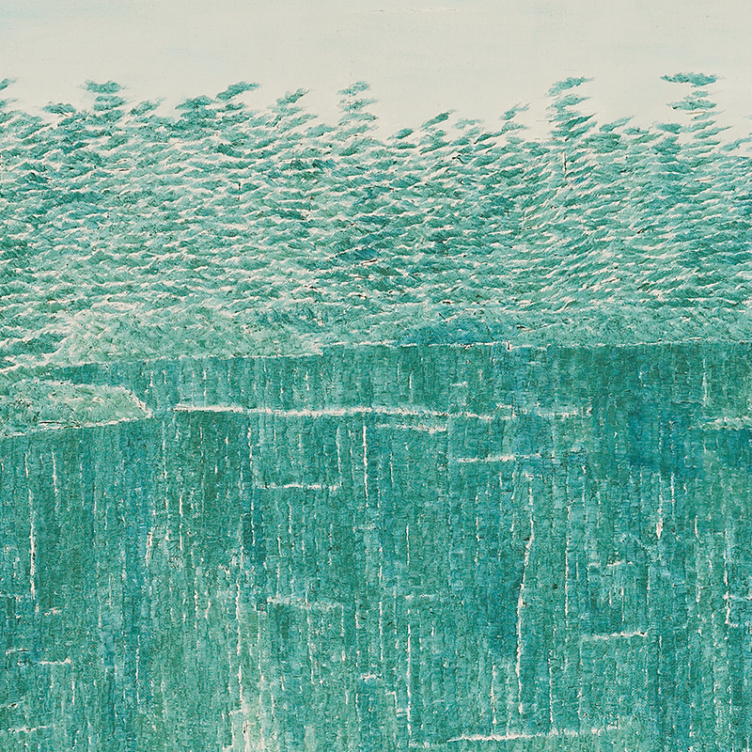 Meditation in Monochrome
Meditation in Monochrome
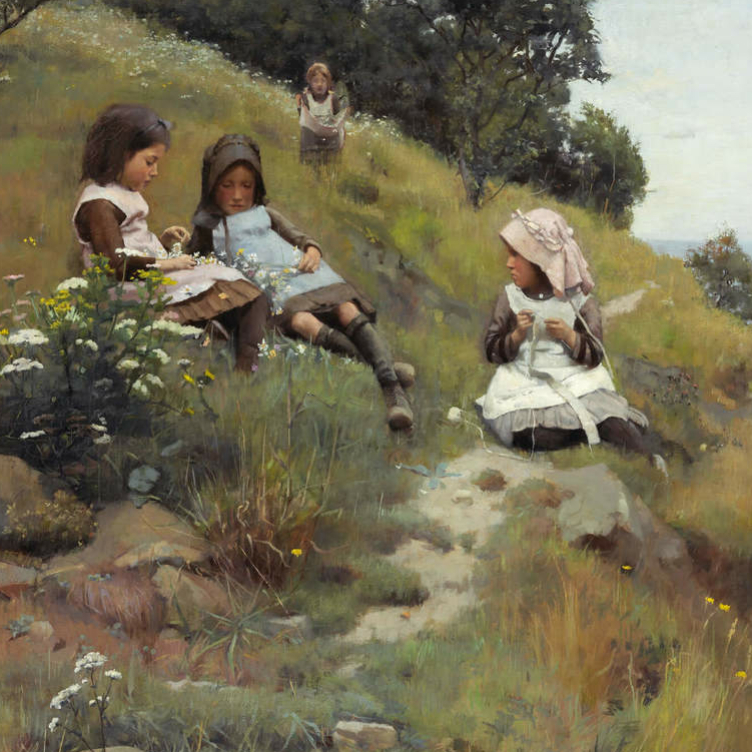 Making His Mark
Making His Mark
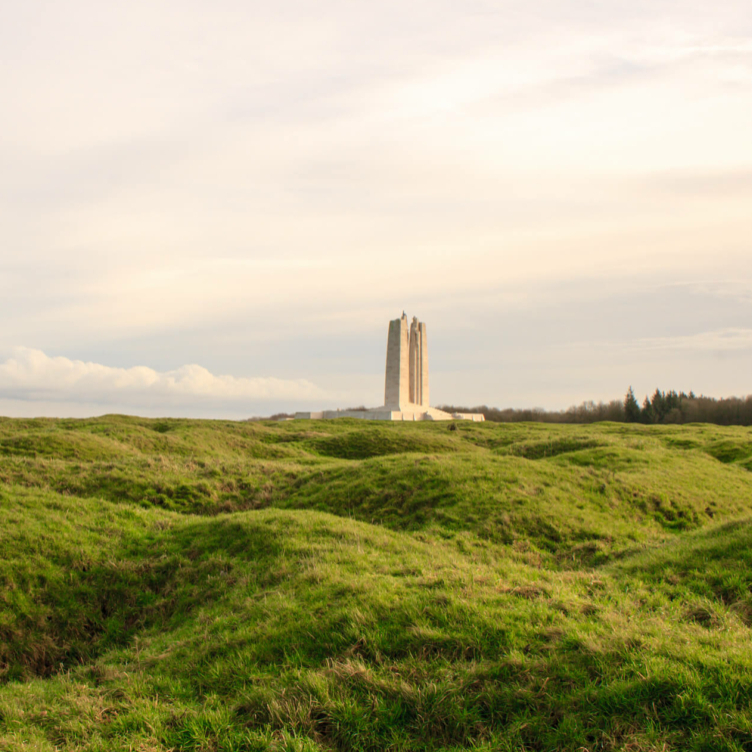 Honour and Sacrifice
Honour and Sacrifice